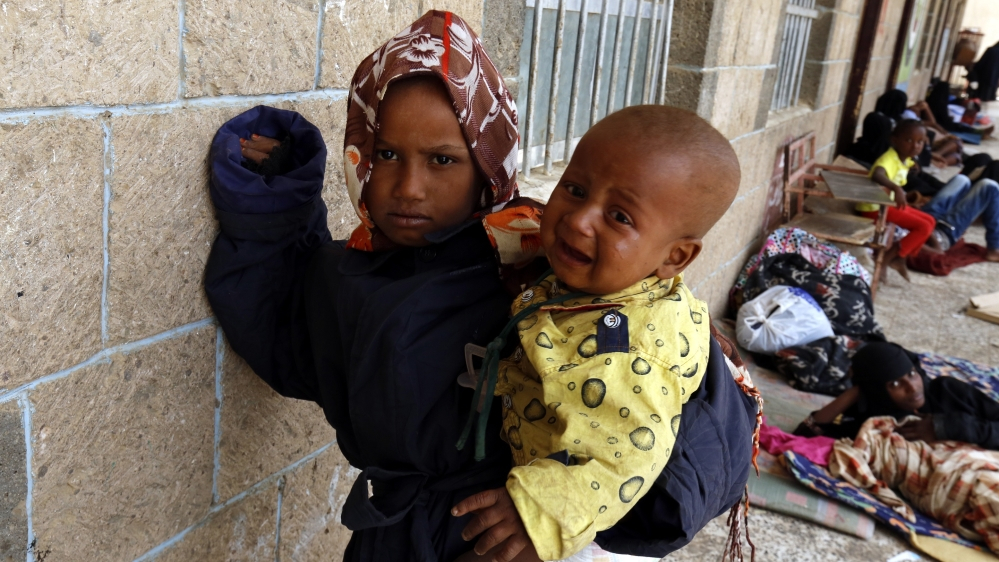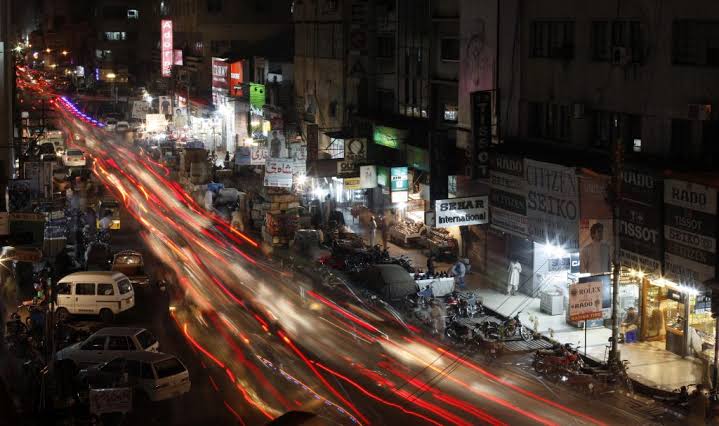Afghanistan population under severe food shortage

After the takeover of Taliban in Afghanistan in August last year, the country id=s facing lot of challenges among which is the shortage of food. Afghanistan is going through “tsunami of hunger”.
SIGAR released its fifty-fourth quarterly report to the US Congress examining the $145.87 billion reconstruction effort in Afghanistan.
The report said “record drought, rising food prices, internal displacement” as well as economic breakdown and collapse of public services constitute a “humanitarian emergency.”
SIGAR underscored the findings of Integrated Food Security Phase Classification, an organization active under the United Nations Office for the Coordination of Humanitarian Affairs (OCHA), saying nearly 19 million Afghans experienced acute food insecurity in “September and October 2021.”
“22.8 million Afghans will be at potentially life-threatening levels of hunger this winter, 8.7 million of whom will face near-famine conditions,” said the report from Integrated Food Security Phase Classification. “WHO and WFP estimate that 3.2 million Afghan children under age five will suffer from acute malnutrition this winter, with one million at risk of dying.”
SIGAR’s cited the United Nations Development Programme (UNDP) report released in September that said that up to 97% of Afghanistan’s population was at risk of slipping below the poverty line by mid-2022 as a result of the worsening political and economic crises.
The United States remains the single largest humanitarian aid donor to Afghanistan, according to SIGAR. “As of January 2022, the United States was providing $782 million in humanitarian aid in Afghanistan and for Afghan refugees in the region.”
SIGAR’s report cites the UN Office on Drugs and Crime that Afghanistan’s statement that opiate production in 2021 was the third highest recorded since surveying began in 1994.
“The UNODC report said the gross output of the Afghan opiate economy was between $1.8 billion and $2.7 billion in 2021, comprising the equivalent of 9–14% of Afghanistan’s GDP, exceeding the value of all of Afghanistan’s officially recorded licit exports for 2020,” SIGAR said.
The Islamic Emirate on December 3rd announced that they were banning forced marriages in Afghanistan, SIGAR said, “declaring that women must give consent to be married.”
“The declaration comes amid numerous reports of Afghan parents selling their daughters to feed the rest of their families as starvation grips the country this winter,” the report added.
The SIGAR report highlighted the UNDP’s findings, saying that restrictions on women’s employment could immediately cost the Afghan economy $1 billion, resulting in the country’s GDP dropping by another 5%.
“Women made up over 20% of Afghanistan’s workforce before the Taliban takeover,” the report added.
“Today, Afghan women are denied access to education and work as well as political activities,” said Zarq Yaftali, a women’s rights activist.
“The medical and humanitarian assistance for our country has ceased. It is not in our control–it depends on the foreign organizations, the international community and powerful countries. They should not politicize humanitarian issues,” said Bilal Karimi, deputy spokesman for the Islamic Emirate.






